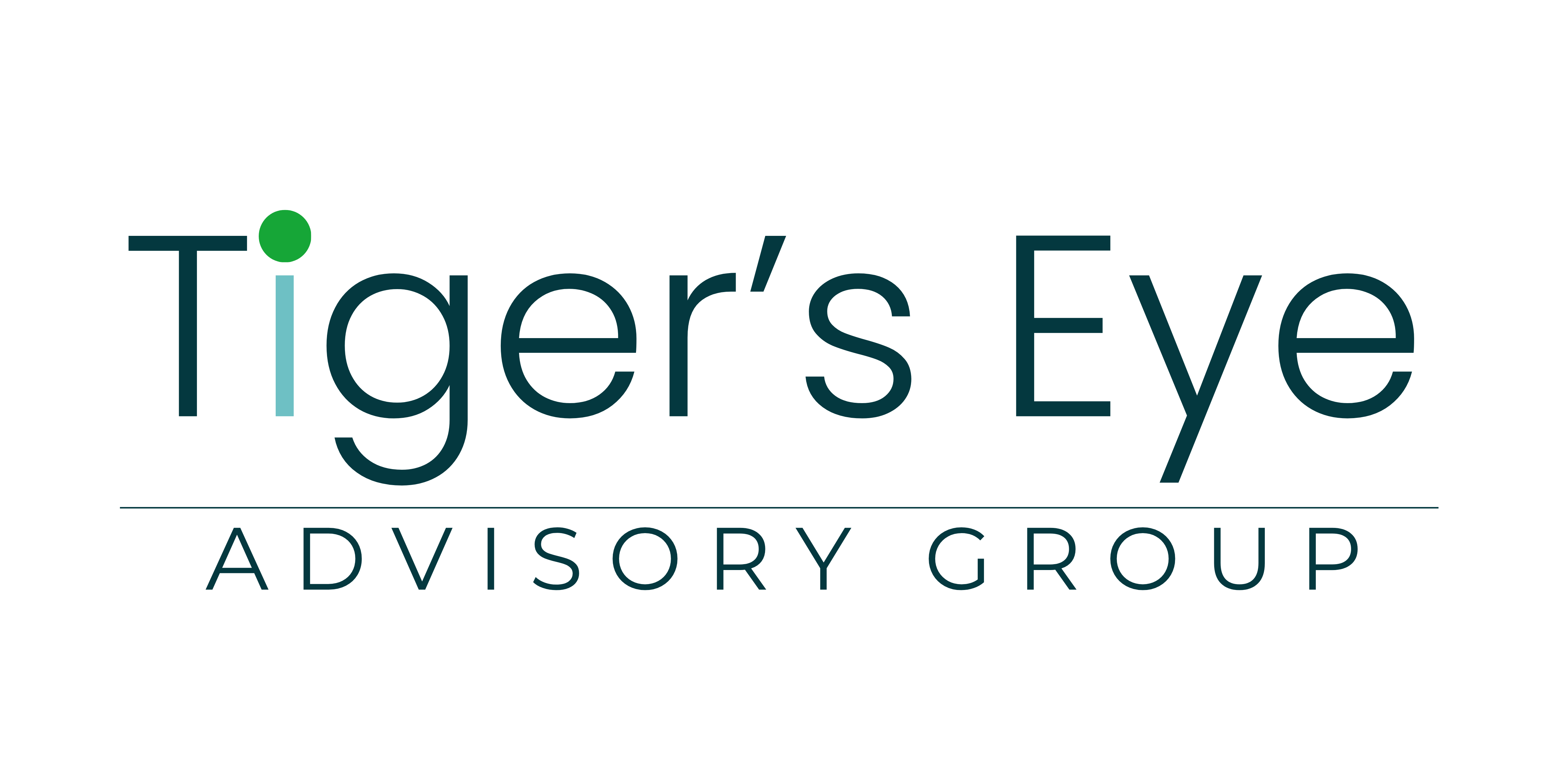
Why is it difficult to talk about Diversity and Inclusion?
How to communicate effectively…

AUTHOR: Denise Young, BMgt. MACT, WIL National Diversity and Inclusion Advisor and CEO and Consultant of Tiger’s Eye Advisory Group, a people-focused business solutions company that values collaboration and empowerment.
August 12, 2021: Yesterday I was having an in-depth discussion with two of my preferred people to speak about Diversity and Inclusion challenges, Dr. Candy Khan and Dr. Sobhana Jaya Madhavan. We discussed why it is difficult to talk about Diversity, Equity and Inclusion in organizations. From my personal perspective, sometimes I am scared to discuss, for fear of “offending a person or group of people”. As I delve deeper into the subject and seek to understand my own challenges, I realize “just ask”. If you are authentic in wanting to learn, people will support you in your learning journey. One example is I was teaching and I had a deaf person in my class. I knew to seat her and her support person at the front of the room. When they arrived I was hesitant to ask if there was anything else they needed as I did not want it to come across as condescending as “she is different and needs my help”. I decided to ask as I was coming from an authentic approach and wanted to ensure an effective learning environment. Outcome: The support person was very appreciative and said “Wow, thank you for asking, as a lot of people avoid and then it makes it awkward for all of us”. I did not learn how to address this in an organization but it has sparked the obvious, that within an organization, there should be some form of training and/or organic storytelling around these types of experiences. Another assumption is terminology as thought it was “hearing impaired” but not the case.”If we say we are hard of hearing, refer to us as hard of hearing people. If we say we are deaf—use the word deaf. These are the terms we want you to use. Don’t ever say we are hearing impaired. Most of us hate that term.”
On an individual or as an organization communication is sometimes considered a risk: opening us up to scrutiny, showing where we’re failing, increasing the chances of being called out for discriminatory attitudes or practices, or even being perceived negatively as a public relations ploy. It’s a fine line to walk. Rather than risk getting it wrong, many choose to shy away from talking about DE&I altogether.
Organizations may not understand that avoiding this topic is detrimental to their employees mental health. Another perspective is organizations want to focus on the bottom line and feel they may “not have the time” yet, not talking about D & I or implementing strategies is actually detrimental to their bottom line. McKinsey, in its 2017 report ‘Delivering through Diversity’, found that companies in the top quartile for gender diversity on their executive teams were 21 percent more likely to experience above-average profitability than those in the fourth quartile; for ethnic and cultural diversity, that was a 33 percent outperformance figure.These improved financial results come from the varying perspectives and insights that diverse teams bring to the table. With more diverse skillsets, experiences, and ideas, organizations can produce and create in more innovative ways.
How do we talk about Diversity, Equity and Inclusion in Organizations?
How We Interpret Communication Messages:
“It is not what you are saying, it is how you say it”. Professor Albert Mehrabian’s thesis in the 1960’s is 93% of “intended” communication messages are non-verbal (53% body language and 38% voice) and only 7% is based on words. This can be argued especially where Diversity and Inclusion is involved. If a derogatory word is spoken to an individual and the communicator is friendly and smiling (thinking they are joking), the person receiving the message may still perceive this as a racist comment based on the word alone. Where these stats may be more accurate is if you are authentic in seeking to understand an individual (for example if you are having a conversation with someone who does not feel included, if you are looking at them, voice is authentic, your message should be received positively vs you say the same words but you are on your computer, not looking at the person, and have a “I’m busy” tone, this will be interpreted as you do not care).
Ambiguity in Verbal and Nonverbal Messages
Not all communication is the written word; and staff should feel represented in all forms, whether that be the images you choose to use on your intranet software, the content you choose to retweet on social media, or the individuals you feature on your corporate video.
I strongly believe that internal communications is a critical piece in supporting Diversity and Inclusion. This is not a “project” but needs to be integrated into strategic plans, formal communication messages and everyday language. The main objective is to inform, educate, and support all employees to adopt inclusive attitudes in every aspect of their working lives
Internal Communication Tips:
● Evaluate representation across your internal and external communications and if appropriate, consider asking staff for their feedback and input. Do they feel represented or reflected in your company’s messaging and marketing?
● Provide each individual and diverse group a voice and sense of belonging within their organization
○ “Equity seeking groups have voices, often very strong voices and opinions. However, they are often functioning in a system of White supremacy or heteronormalcy that silences their voice. They aren’t voiceless. Organizations do not create space for racialized or otherwise marginalized individuals to speak up. That is why internal communications are so important. You need to figure out how to create those spaces, how to hold space for those conversations, and then how to take what you heard and shift and change organizational culture.”
● “Regularly communicate the company values to all the employees (always use inclusive language). Let the employees know that D&I are at the core of the company. This already creates more awareness and possible discussions around it.
● Listen to diverse people in your organization and capture their lived experiences as stories that can be published internally. Ultimately, the purpose is to build empathy among the people that can influence change – in the hope that they will take action. For this reason, it’s really important that we don’t sugarcoat the stories we hear. If minority individuals are saying that discrimination exists then it is our job to listen without prejudice and present that story as their truth – something that’s not open for debate. If it makes for hard reading, good. Let that discomfort be the motivation to do something for the positive.”
○ “What are they asking for? What are their needs? Do they feel comfortable sharing with you? This is the first step to being open and listening to understand — not to defend. Internal communications should be a tool to build a culture that encourages open and honest conversations, leading to better outcomes for everyone,”
● Use inclusive language which is free from words, phrases or tones that reflect prejudiced, stereotyped or discriminatory views of particular people or groups.
○ It is also a language that doesn’t deliberately or inadvertently exclude people from being seen as part of a group.
■ For example, being gender-neutral in everyday language includes avoiding the use of ‘guys’ as a capture-all statement. The cultural popularity of this term – perpetuated by its use in pop culture and television – means many may be unaware that it has discriminatory associations. Replacing it with ‘everyone’, ‘team’, or ‘all’ is considered more inclusive.
● Educate and train employees (ensure that when developing content, bring all perspectives to the table)
“Let’s be clear: diversity is not an inclusion fad. It’s not just a moral responsibility. Yes, it is an expectation, a benchmark; but it also offers organizations a tangible, competitive advantage”.
Article References
Delivering growth through diversity in the workplace
How To Communicate Diversity and Inclusion With Authenticity — 10 Experts Explain
How Diversity and Inclusion Drive Business Value and Profitability
